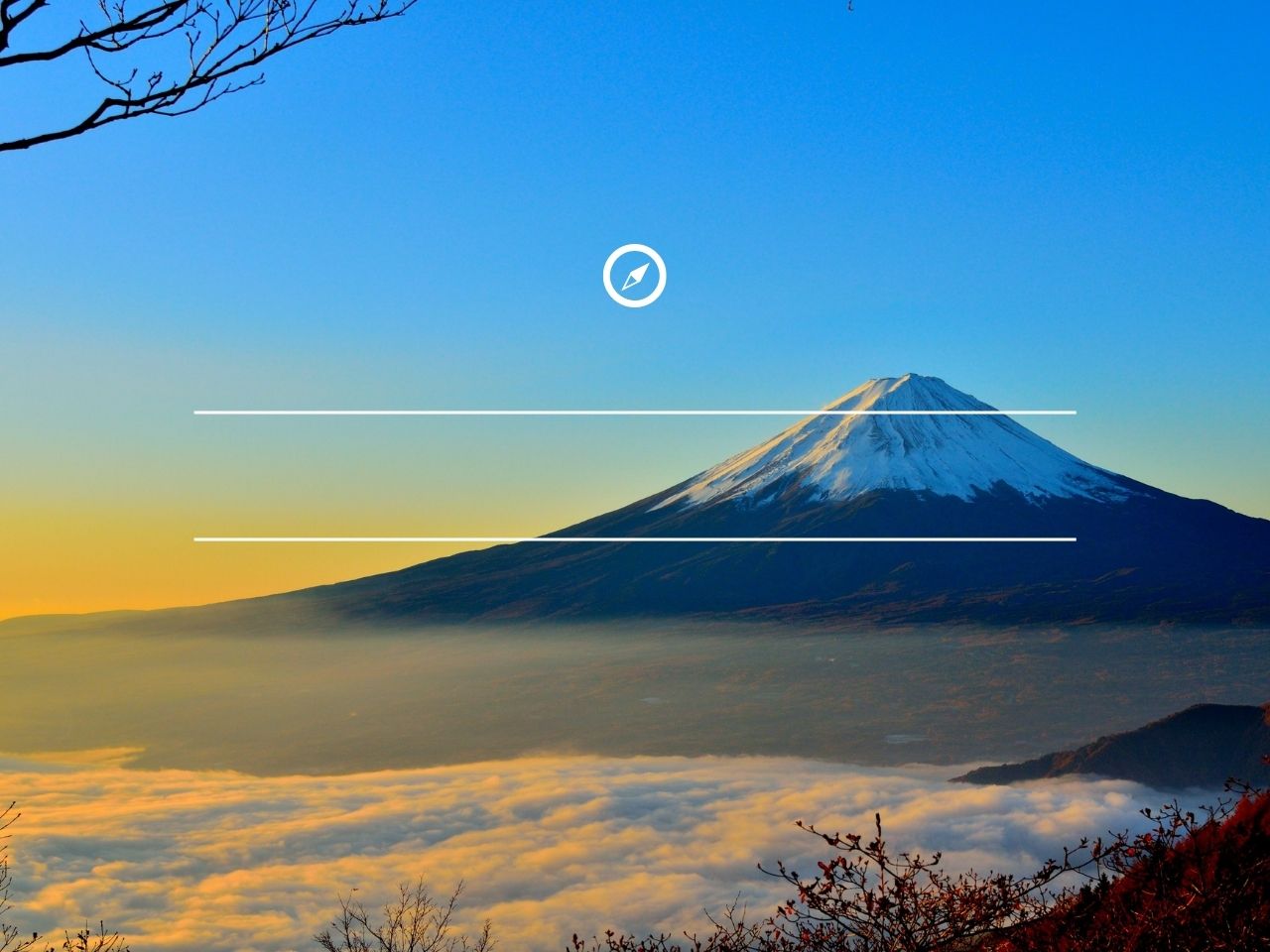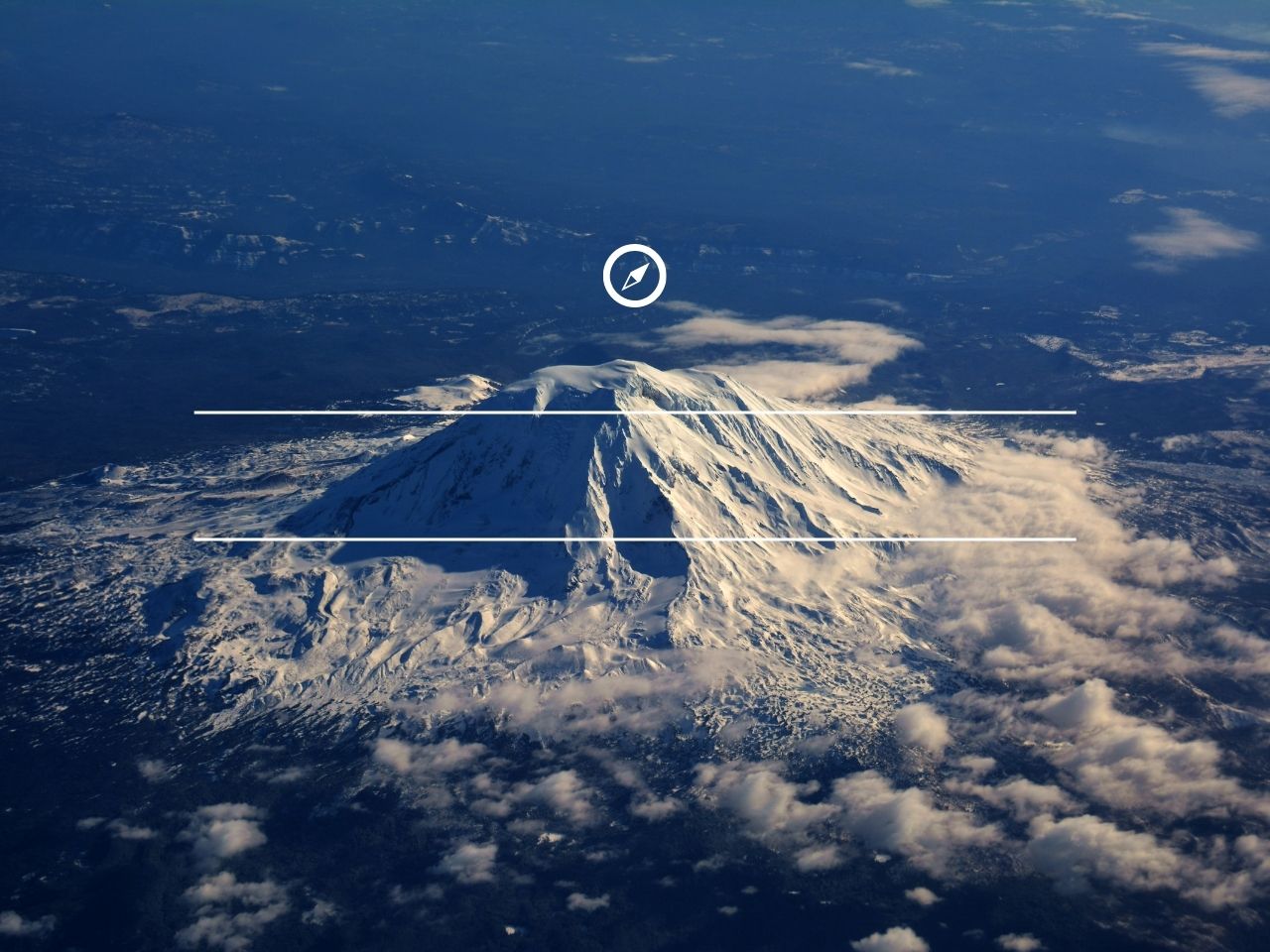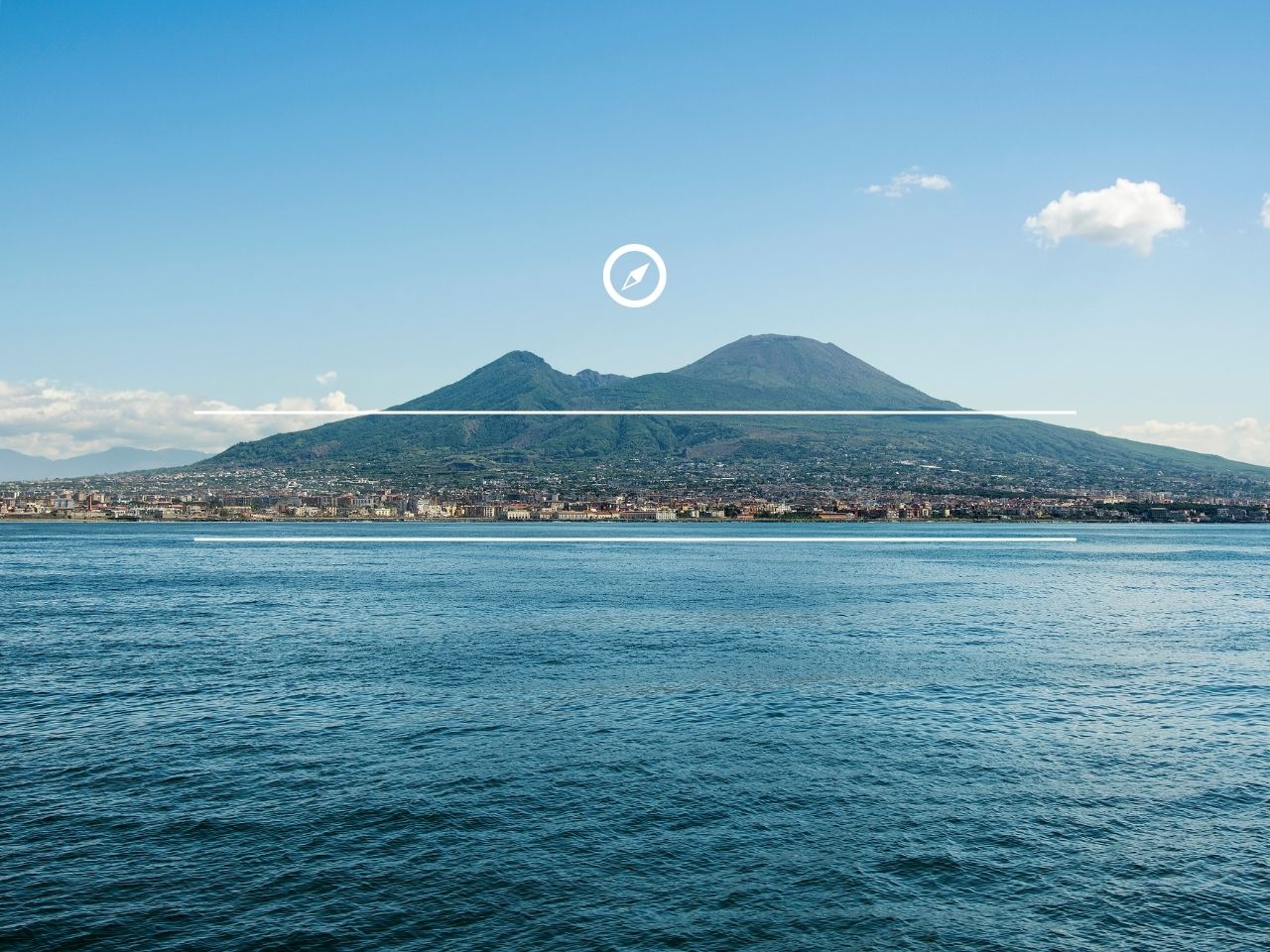What is a Stratovolcano, creation and dangers. Volcanoes are formed from the immense heat and pressure that builds up deep in the earth’s crust, and when this pressure is released, it can lead to a spectacular and breathtaking display of nature’s power. These wonders of nature come in a variety of shapes and sizes, from small, soft cinder cones to huge shield volcanoes that can cover hundreds of square kilometers. They are all over the world, from the icy tundra of Antarctica to the lush rainforests of Hawaii.

Although all volcanoes share some common characteristics, there are several different types of volcanoes, each with their unique characteristics and eruption styles. One of the most interesting types of volcanoes is the stratovolcano, also known as a composite volcano. These volcanoes are some of the most powerful and destructive on Earth, and have been responsible for some of the most catastrophic volcanic eruptions in history.
Stratovolcanoes are usually steep and conical in shape, rising thousands of meters into the air. They are composed of alternating layers of lava, ash, and other volcanic materials, and their eruptions can be incredibly explosive.
Meaning of stratovolcano
A stratovolcano, also known as a composite volcano, is a large, rugged volcano characterized by its explosive eruptions. These volcanoes are usually composed of alternating layers of lava, ash, and other volcanic materials. They can reach several thousand meters in height and are usually found near the boundaries of tectonic plates.
How are stratovolcanoes formed?
Stratovolcanoes form when magma, ash and other volcanic materials are forced up through the Earth’s crust and ejected from the top of the volcano during an eruption. The lava ejected by stratovolcanoes is usually thick and viscous, meaning it doesn’t flow very far from the volcano’s summit. This thick lava can pile up around the vent, forming a cone-shaped mountain that we recognize as a stratovolcano.
Stratovolcanoes are usually found near the boundaries of tectonic plates, since it is in these areas that the Earth’s crust is most vulnerable to being pulled apart or pushed. As a consequence, magma is more likely to rise through the crust in these areas, resulting in the formation of stratovolcanoes.
Hazards: What is a Stratovolcano
When a stratovolcano erupts, it can release huge amounts of ash, gas and molten rock, which can travel for miles and cause widespread destruction.
Despite their destructive potential, stratovolcanoes are also some of Earth’s most beautiful natural wonders. Their towering peaks and symmetrical shapes can take their breath away, and they are often surrounded by lush forests and wildlife. Many of these volcanoes have become popular tourist destinations, attracting visitors from all over the world who come to marvel at their natural beauty.
Science
In addition to their aesthetic appeal, stratovolcanoes are also important objects of scientific study. By studying these volcanoes and their eruptions, scientists can learn more about the inner workings of the Earth’s crust and better understand how volcanic activity can affect our planet. They can also use this knowledge to develop better methods of predicting volcanic eruptions and mitigating their potential impact.
Characteristics
- Steep slopes: Stratovolcanoes have steep, conical slopes that rise thousands of meters into the air. This is because their eruptions are usually explosive and produce thick layers of ash and lava that pile up around the vent.
- Composite structure: Stratovolcanoes are called composite volcanoes because they are made up of layers of different types of volcanic material. These layers can include ash, pumice, lava flows, and volcanic bombs.
- Explosive eruptions: Stratovolcanoes are known for their explosive eruptions, which can be incredibly destructive. When these volcanoes erupt, they can release huge amounts of ash, gas and molten rock, which can travel miles and cause widespread devastation.
- Acid lava: Lava from these types of volcanoes is usually thick and viscous, meaning it doesn’t flow very far before cooling and hardening. This type of lava is also acidic, which makes it more dangerous than basaltic lava from shield volcanoes.
- Crater: Another outstanding feature is that they usually have a large crater at their summit, formed by the collapsed material of previous eruptions. This crater can be several hundred meters wide and can sometimes contain a lava dome or a small lake in the crater.
- Composite cones: As the name suggests, composite volcanoes are made up of several cones or chimneys that have erupted over time. These cones can be seen as distinct layers in the structure of the stratovolcano.
Type of lava
The typical lava of stratovolcanoes is andesitic. Andesitic lava is a type of thick, viscous lava, rich in silica and other minerals, making it more acidic than the basaltic lava usually associated with shield volcanoes. Because andesitic lava is so thick, it doesn’t flow very far from the chimney before cooling and hardening, which can result in the formation of steep-sided cones around the volcano’s chimney.
Andesitic lava is also known to produce explosive eruptions, characteristic of stratovolcanoes. When andesitic lava erupts, it can mix with water, gas and other materials to produce pyroclastic flows, ash clouds and other volcanic hazards. These explosive eruptions can be incredibly destructive and cause widespread damage to surrounding areas, so it’s important to keep a close eye on stratovolcanoes for signs of activity.
Famous stratovolcanoes
Mount Fuji – Japan
Mount Fuji is perhaps one of the most famous stratovolcanoes in the world. Located on the island of Honshu in Japan, it is the highest mountain in the country and a UNESCO World Heritage Site. The last eruption of Mount Fuji occurred in 1707.
Mount Fuji, also known as Fuji-san, is a stratovolcano located in Japan. It is the highest mountain in Japan, with 3,776.24 meters high, and one of the most emblematic symbols of the country. Mount Fuji is located on Honshu, Japan’s largest island, and is visible from Tokyo, which is about 100 kilometers (62 miles) to the east.
It is a dormant volcano. It is a popular destination for hikers and climbers, and many visitors attempt to reach the summit during the summer climbing season. The mountain has several climbing routes, from easy to difficult, and climbers are advised to come prepared for the cold and changing weather conditions.
In addition to its natural beauty, Mount Fuji has played an important cultural role in Japan for centuries. It has been the subject of numerous works of art, literature and poetry, and has been declared a UNESCO World Heritage Site for its cultural significance. The mountain is also considered sacred in the Japanese Shinto religion, and many visitors participate in religious rituals or seek the blessings of the mountain deity.
Mount St. Helens – USA

Mount Saint Helens is a living stratovolcano located in Skamania County, Washington, United States. It is part of the Cascade Volcanoes mountain range in the Pacific Northwest region of the United States.
The volcano is known for its catastrophic eruption on May 18, 1980, which was one of the most destructive volcanic events in U.S. history. The eruption caused the mountaintop to collapse, creating a massive landslide and sending a column of ash and gas more than 80,000 feet high. The blast zone, a 230-square-mile area around the volcano, was completely devastated and 57 people lost their lives.
Following the eruption, the landscape around Mount Saint Helens changed drastically. The summit of the volcano shrank 1,300 feet, and a new lava dome began to form in the crater. Today, Mount St. Helens remains an active volcano, the last eruption of which took place in 2008.
The area surrounding Mount St. Helens is now part of the Mount St. Helens National Volcanic Monument, managed by the U.S. Forest Service. The monument includes several visitor centers, hiking trails and other attractions that allow visitors to learn about the geology, history and current activity of the volcano.
Mount Vesuvius – Italy

Mount Vesuvius, or Monte Vesuvius in Italian, is a stratovolcano located in the Gulf of Naples, in Campania (Italy). It is known for its eruption in 79 AD, which buried the cities of Pompeii, Herculaneum and other nearby settlements under several meters of ash and pumice. Since its eruption in 79 AD, Vesuvius has erupted several times, most recently in 1944.
Vesuvius is one of the most dangerous volcanoes in the world due to its proximity to densely populated areas, with more than 3 million people living within a 30-kilometer radius of the volcano. It is also one of the few volcanoes on the European continent to have erupted in the last century.
Despite its dangerousness, Vesuvius is a popular tourist destination, with hiking trails and a road leading to the crater. The volcano and its surroundings are part of the Vesuvius National Park, created in 1995 to protect the natural and cultural heritage of the area.
Pinatubo
Mount Pinatubo is an active stratovolcano located on the island of Luzon, Philippines. It is located on the triple border of the provinces of Zambales, Tarlac and Pampanga.
In 1991, Mount Pinatubo erupted in one of the largest volcanic eruptions of the twentieth century, which had major repercussions on the surrounding area. The eruption caused widespread destruction and loss of life, including the displacement of more than a million people and the deaths of hundreds.
Following the eruption, the surrounding landscape changed drastically, with the creation of a caldera and lake. However, over time, the area has recovered and is now a popular tourist destination for its unique landscape and geological history.
One famous these days is the Nevado del Ruiz Volcano, in Colombia, which has been on intermittent orange alerts for about a decade, meaning that it is feared to erupt at any time.
Volcanic bombs
Volcanic bombs are a type of fragment of volcanic rock that is ejected from a volcano during an eruption. They are normally formed from molten lava that is ejected into the air and then solidifies while still in flight.
Volcanic bombs can range in size from small fragments the size of pebbles to large boulders weighing several tons. They can be teardrop, sphere, or even dumbbell shaped, and their shapes depend on how they formed and the type of magma that produced them.
When a volcanic bomb is ejected from a volcano, it can travel a considerable distance from the crater and land several kilometers away. If the bomb is still hot and molten when it lands, it can create fires and ignite vegetation. If it is a large pump, it can cause significant damage to buildings and infrastructure.
Despite their potentially destructive nature, volcanic bombs are also of great scientific interest. By studying the composition and shape of the bombs, volcanologists can gain insight into the type of eruption that produced them, the type of magma that erupted, and the conditions inside the volcano before the eruption.
Lahar
A lahar is a type of volcanic mud or debris flow that occurs when volcanic material, such as ash, rock, and pyroclastic deposits, becomes saturated with water and flows down the slopes of a volcano during or after an eruption.
Lahars can be triggered by heavy rainfall, melting, or melting glaciers or ice sheets on the slopes of a volcano. They can also be caused by the collapse of a volcanic dome or crater lake, which can release large amounts of water and volcanic material.
Lahars can move at high speed and great distances, and can be extremely destructive. They can drag away rocks, trees and other debris and destroy buildings, bridges and infrastructure. They can also cause significant loss of human life, as people may be surprised by their sudden appearance.
Volcanologists closely monitor volcano activity to identify the potential for lahars, and work with local authorities to develop evacuation plans and warning systems to protect people living in at-risk areas.
Effects on climate and atmosphere
One of the main ways stratovolcanoes can affect climate and atmosphere is through their volcanic ash emissions. When a stratovolcano erupts, it can release massive amounts of volcanic ash into the atmosphere, which can travel hundreds or even thousands of kilometers. This ash can have a significant impact on climate by reflecting sunlight back into space and causing a cooling effect on Earth’s surface. In addition, volcanic ash can also cause respiratory problems for people and animals, as well as damage crops and infrastructure.
Another way stratovolcanoes can affect climate is through their sulfur dioxide emissions. When sulfur dioxide is released into the atmosphere, it can combine with water vapor to form sulfuric acid aerosols, which can reflect sunlight and cause a cooling effect on the Earth’s surface. However, sulfuric acid aerosols can also have negative effects on human health, causing respiratory and other health problems.
In addition to their direct impact on climate and atmosphere, stratovolcanoes can also trigger side effects that can affect the environment. For example, volcanic ash and other materials can cause landslides and lahars (a type of volcanic mudflow), which can damage infrastructure and cause loss of life. These types of phenomena can also have long-term repercussions on ecosystems, altering soil composition and affecting the distribution of plant and animal species.
Bibliography used in this post
- Francis, P., & Oppenheimer, C. (2003). Volcanoes. Oxford University Press.
- Hildreth, W., & Fierstein, J. (2012). The Novarupta-Katmai eruption of 1912—largest eruption of the twentieth century: centennial perspectives. US Geological Survey Professional Paper, 1791, 1-131.
- Pierson, T. C., Janda, R. J., & Schilling, S. P. (2014). Volcanic hazards and aviation safety: lessons from the past decade. Journal of Applied Volcanology, 3(1), 1-18.
- Siebert, L., Simkin, T., & Kimberly, P. (2011). Volcanoes of the world. University of California Press.
- Sparks, R. S. (2003). Volcanic activity: frontiers and challenges in forecasting, prediction, and risk assessment. Philosophical Transactions of the Royal Society of London. Series A: Mathematical, Physical and Engineering Sciences, 361(1810), 1813-1828.
- Tilling, R. I. (1982). Volcanoes. Scientific American, 246(6), 70-86.
- Walker, G. P. (1980). The Taupo eruption, New Zealand. I. General aspects. Philosophical Transactions of the Royal Society of London. Series A, Mathematical and Physical Sciences, 294(1411), 103-121.
Relevant webgraphy
USGS Volcanic Hazard Program: https://www.usgs.gov/natural-hazards/volcano-hazards
The USGS Volcanic Hazard Program provides information on volcanic activity and risks, including those associated with stratovolcanoes. The website includes real-time surveillance data, maps and other resources.
Global Volcanism Program: https://volcano.si.edu/
The Global Volcanism Program is a database of active and extinct volcanoes from around the world, including stratovolcanoes. The website provides information on specific volcanoes, including their eruptive history and characteristics.
Smithsonian Institution: https://www.si.edu/
The Smithsonian Institution’s website includes a section on volcanoes and volcanic activity. The site offers information on volcanic hazards, monitoring and research, as well as links to educational resources.
NASA Earth Observatory: https://earthobservatory.nasa.gov/topics/volcanoes
NASA’s Earth Observatory website includes a section on volcanoes, with satellite imagery, animations and other resources related to volcanic activity. It also provides information on volcanic risks and their impact on climate and society.
Geology.com: https://geology.com/volcanoes/
The website Geology.com offers a comprehensive overview of volcanoes, including stratovolcanoes. It includes information on volcanic activity, eruptions and risks, as well as maps and educational resources.
These websites offer diverse information about stratovolcanoes, including their characteristics, eruptions, hazards, and impacts on the environment and society.
Editions 2018-2023
Read also: How many supervolcanoes are there in the world? List; Subduction and obduction similarities and differences; What is subduction?